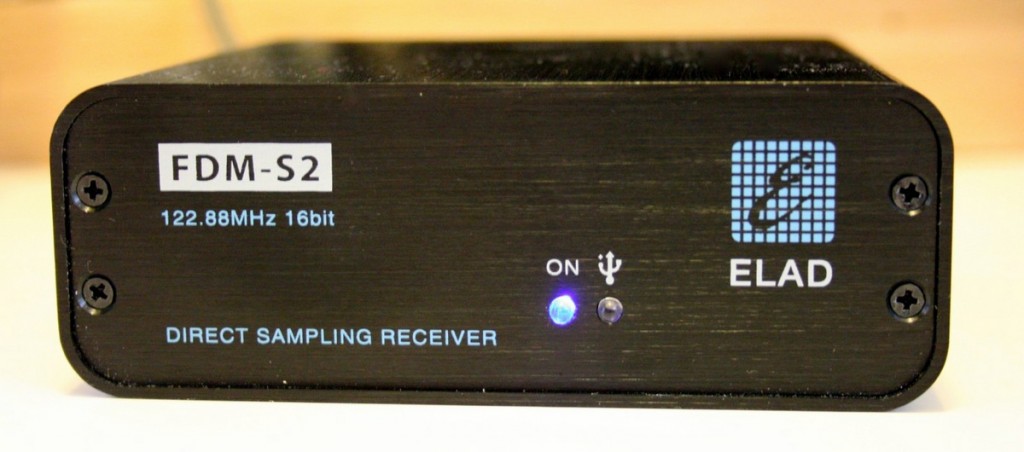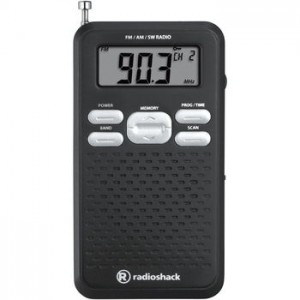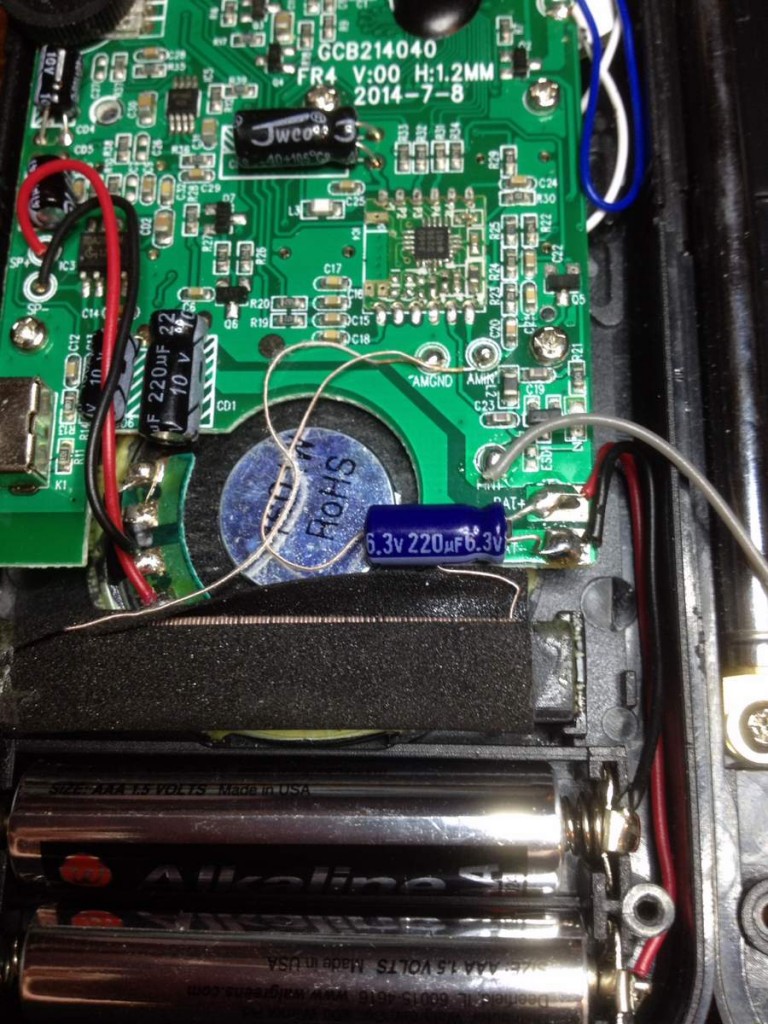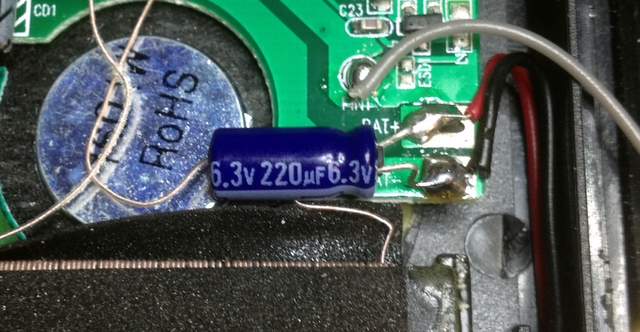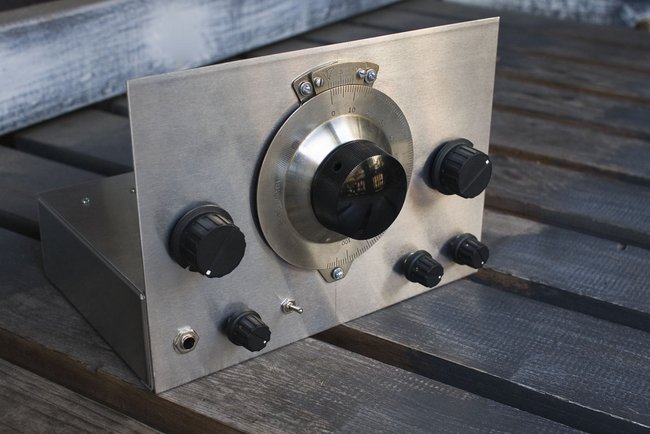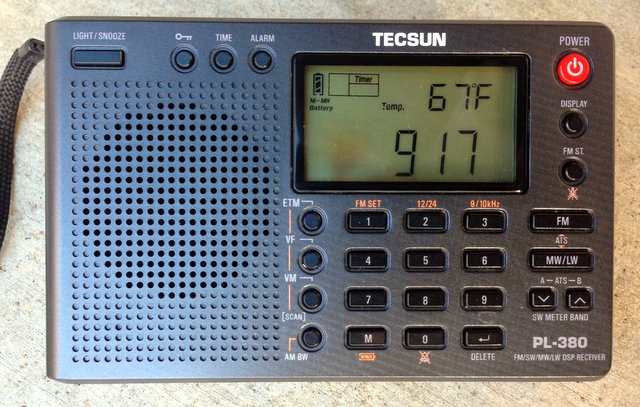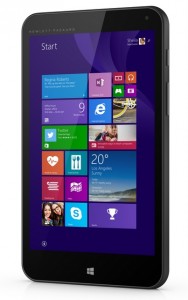
The HP Stream 7 Windows 8.1 tablet
Regarding the Elad FDM-S2, Guy Atkins comments:
“This week I bought an HP Stream 7 tablet from the local Microsoft Store for $99, and it runs my Elad FDM-S2 receiver great! This recently introduced tablet is the perhaps the lowest priced new computer with Windows 8.1. I can even record the entire MW band, and play back the WAV files without audio stuttering. CPU load is an impressive 11-12%. Once you add a small OTG USB adapter you can plug in a USB hub and attach a wireless mouse receiver, the SDR’s cable, and other stuff. I was recording to a micro SD card (the slot is a bit of a pain, as you need to remove the back cover of the tablet. Recording to a USB external HD or SSD may also work). I also had an AC adapter powering the USB hub, as the tablet’s micro USB port cannot supply enough current for the Elad SDR.
This will be a neat, very portable setup for camping DXpeditions and when I want to take the SDR right to the termination of a phased loop array antenna for adjusting nulls. I do that now, but it’s more of a hassle with a regular laptop.
I presume I’ll be able to run the Afedri SDR-Net in “LAN mode” also but I’ll need to attach a USB-to-LAN adapter to the tablet first. A LAN rather than a USB connection is required for this particular SDR to have the bandwidth to handle all of medium wave at once.
Here’s a review of the 7-inch, Win 8.1 tablet: . Also, when you buy it for $99 USD it includes a one-year subscription to MS Office 365, that can be used on two different devices. That’s worth $70 in itself.”
Wow–thanks so much for sharing this, Guy.
I’m very impressed you can record the entire MW band to an SD card and playback without stuttering. The quad core Atom processor must have enough horsepower to cope with the incoming data.
This setup would be ideal for field recording then taking the SD card back to the PC for analyzing later on a larger screen.
As you use this set-up, Guy, please keep us informed about any tips or quirks you discover along the way!
I found the Stream 7 at the following places online:
Update: Check out Guy’s video demonstration of the Stream 7/FDM-S2 combo.


